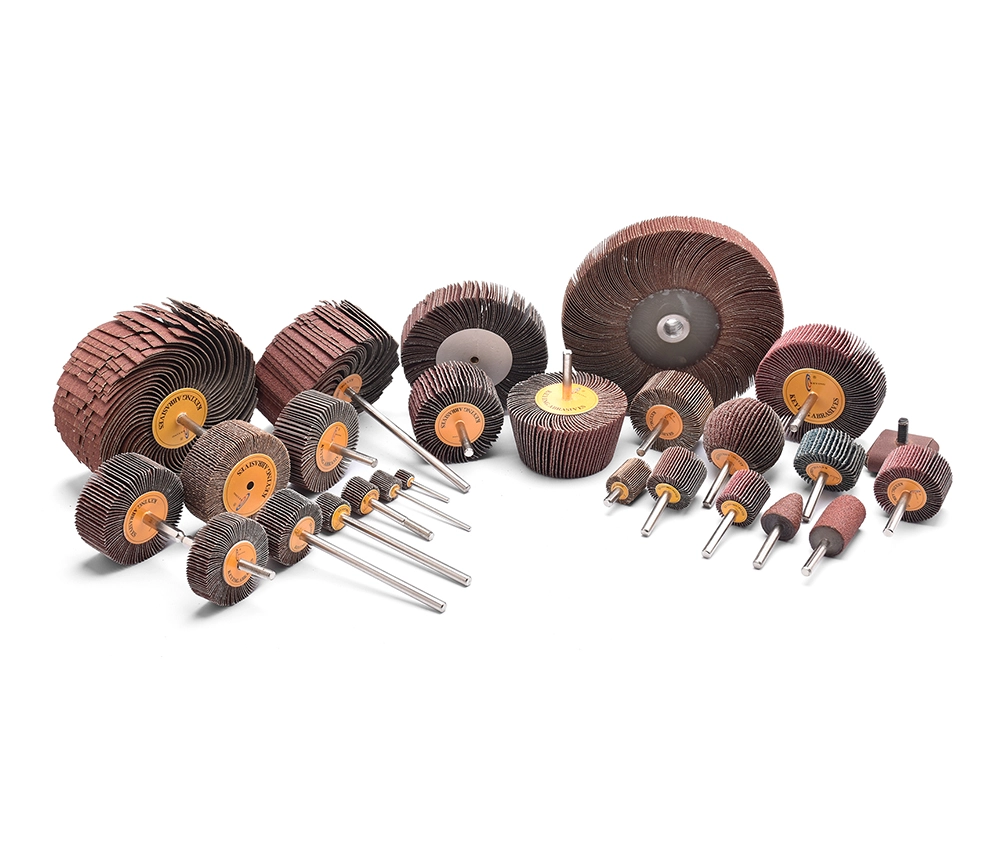
Dec 20-2017
Professional sanding disc suppliers manufacturers have developed well in the market not only because of the high product quality produced by their own production and processing, but also because they bring a lot of convenience in practical use. When we pay attention to them, we can see the advantages and value of grinding wheels themselves, and after understanding in detail, we can also choose to go to professional manufacturers, which can ensure that products are used more widely in the market and can play a better role. Grinding wheel is the main tool for grinding, which is a porous object composed of abrasive and binder. Among them, factors such as grinding wheel abrasive, particle size, binder, hardness, structure, shape and size are important factors that determine the quality of grinding wheels. Let's learn about them with KEYING abrasives supplier together.
Abrasive of grinding wheel
Abrasive refers to the material of sand particles in the grinding wheel, which is the main component of the grinding wheel and the fundamental element for the cutting action of the grinding wheel.
Particle size of grinding wheel
Particle size is used to express the size of abrasive particles. According to the basic particle size of abrasive, there are 41 particle size numbers. Particle size directly affects the quality and productivity of grinding.
Binder of grinding wheel
Binder is the material used to bond dispersed abrasive particles into abrasive tools with certain shape and sufficient strength. The type and properties of binder will affect the hardness, strength, corrosion resistance, heat resistance and impact resistance of grinding wheels.
Hardness of grinding wheel
Grinding wheel hardness refers to the difficulty of abrasive particles falling off under external force during grinding. A hard grinding wheel means that abrasive particles are difficult to fall off, while a soft grinding wheel means that abrasive particles are easy to fall off.
Structure of grinding wheel
The structure of the grinding wheel refers to the proportion relationship among the three parts, abrasive, binder and pores, that compose the grinding wheel. The structure is usually graded by the percentage volume of abrasive in the grinding wheel. There are three types of grinding wheel structure: tight, medium and loose, which are subdivided into 15 levels between 0-14. The smaller the structure number, the higher the proportion of abrasive particles in the grinding wheel and the tighter the grinding wheel; conversely, the larger the structure number, the smaller the proportion of abrasive particles, and the looser the grinding wheel.
Shape and size of grinding wheel
The shape and size of the grinding wheel are determined according to the type of grinder, processing method and processing requirements of the workpiece. With different abrasives, binders and grinding wheel manufacturing processes, the characteristics of grinding wheels may vary greatly, which has an important influence on the accuracy, roughness and production efficiency of grinding processing. Therefore, suitable grinding wheels should be selected according to specific conditions.
From the perspective of product quality, abrasives for sale produced and processed by professional manufacturers have excellent technical skills, and they also do a good job in quality control. After understanding these basics, we can choose our products confidently, and grinding wheels can play a good role in fine or coarse grinding during practical use. Only when we understand them clearly, can we make confident choices and have better understanding of the products.